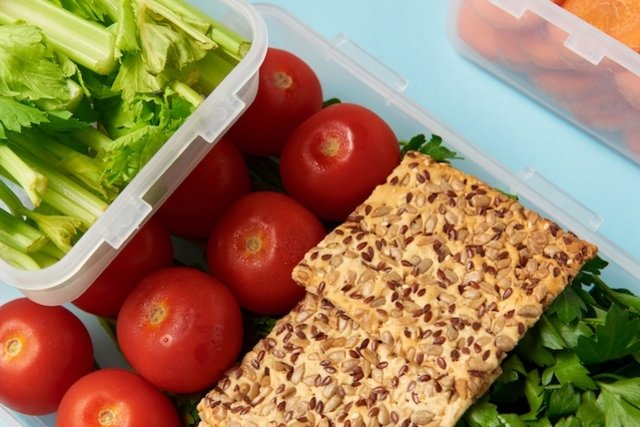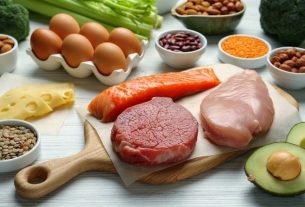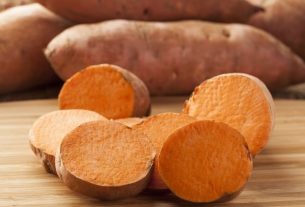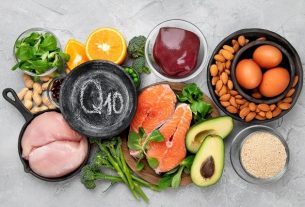In the diet for people with phenylketonuria, it is very important to control the intake of phenylalanine, which is an amino acid that is mainly present in foods rich in protein, such as meat, fish, eggs, milk and dairy products. Therefore, anyone with phenylketonuria should have regular blood tests to assess the amount of phenylalanine in their blood and, together with their doctor, calculate the amount of phenylalanine they can ingest during the day.
Since it is necessary to avoid most foods rich in protein, phenylketonurics should also use protein supplements without phenylalanine, as proteins are extremely important nutrients in the body, which cannot be eliminated completely.
Furthermore, in the absence of phenylalanine intake, the body needs larger doses of tyrosine, which is another amino acid that becomes essential for development in the absence of phenylalanine. For this reason, it is generally necessary to supplement with tyrosine in addition to your diet.
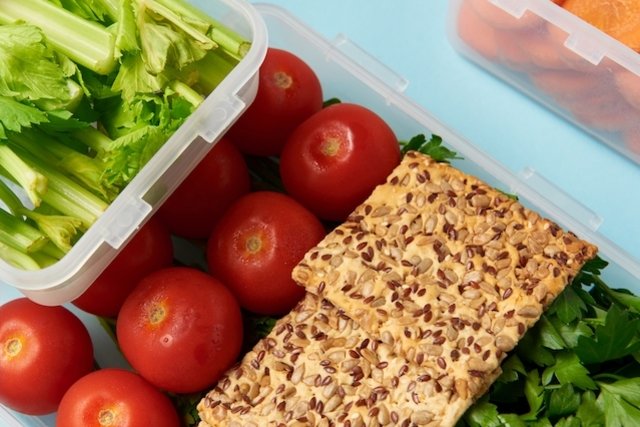
Allowed foods
Foods that are allowed for people with phenylketonuria are:
- Fruits: apple, pear, melon, grape, acerola, lemon, jabuticaba, currant;
- Some flours: tapioca, cassava;
- Candy: sugar, fruit jellies, honey, sago, cream;
- Fats: vegetable oils, dairy-free vegetable creams and derivatives;
- Others: candies, lollipops, soft drinks, dairy-free fruit popsicles, coffee, teas, vegetable gelatin made with seaweed, mustard, pepper.
There are also other foods that are permitted for phenylketonurics, but their intake must be controlled. These foods are:
- Vegetables in general, such as spinach, chard, tomatoes, pumpkin, yams, potatoes, sweet potatoes, okra, beets, cauliflower, carrots, chayote.
- Others: eggless rice noodles, rice, coconut water.
Furthermore, there are special versions of ingredients with less phenylalanine, such as rice, wheat flour or pasta, for example.
Although dietary restrictions are great for phenylketonurics, there are many industrialized products that do not have phenylalanine in their composition or that are low in this amino acid. However, in all cases it is very important to read the product packaging whether it contains phenylalanine.
See a more complete list of permitted foods and amounts of phenylalanine.
What to avoid
The foods prohibited in phenylketonuria are those rich in phenylalanine, which are mainly foods rich in protein, such as:
- Foods of animal origin: meat, fish, seafood, milk and dairy products, eggs, and meat derivatives, such as sausage, sausage, bacon, ham.
- Foods of plant origin: wheat, chickpeas, beans, peas, lentils, soybeans and products with soybeans, chestnuts, walnuts, peanuts, hazelnuts, almonds, pistachios, pine nuts;
- Sweeteners with aspartame or foods that contain this sweetener;
- Products that contain prohibited foods as ingredients, such as cakes, cookies and bread.
As the diet of phenylketonurics is poor in protein, these people must take special amino acid supplements that do not contain phenylalanine to ensure adequate growth and functioning of the body.
Amount of phenylalanine allowed by age
The amounts of phenylalanine that can be eaten every day varies according to age and weight, and phenylketonurics should be fed in such a way as to not exceed the permitted phenylalanine values. The list below shows the permitted values of this amino acid according to age group:
- Between 0 and 6 months: 20 to 70 mg/kg per day;
- Between 7 months and 1 year: 15 to 50 mg/kg per day;
- From 1 to 4 years of age: 15 to 40 mg/kg per day;
- From 4 to 7 years of age: 15 to 35 mg/kg per day;
- From 7 onwards: 15 to 30 mg/kg per day.
If a person with phenylketonuria only ingests phenylalanine in permitted quantities, their motor and cognitive development will not be compromised. To find out more, see: Understand better what Phenylketonuria is and how it is treated.
Example of menu
The diet menu for phenylketonuria must be personalized and prepared by a nutritionist, as it must take into account the person’s age, the amount of phenylalanine allowed and the results of blood tests.
Below is a menu option for a 3-year-old child with phenylketonuria and a tolerance of 300 mg of phenylalanine per day:
It is also important that people and their family members check product labels to see whether or not the food has phenylalanine and what its content is, thus adjusting the amount of food that can be consumed.

Sign up for our newsletter and stay up to date with exclusive news
that can transform your routine!
Warning: Undefined array key "title" in /home/storelat/public_html/wp-content/plugins/link-whisper-premium/templates/frontend/related-posts.php on line 12
Warning: Undefined array key "title_tag" in /home/storelat/public_html/wp-content/plugins/link-whisper-premium/templates/frontend/related-posts.php on line 13

